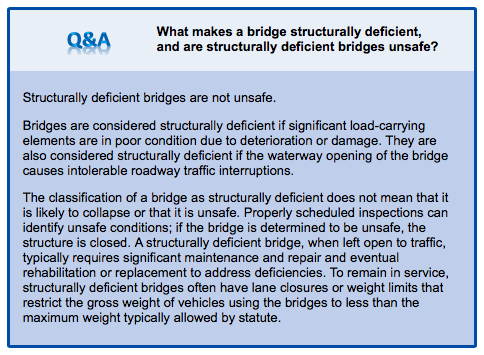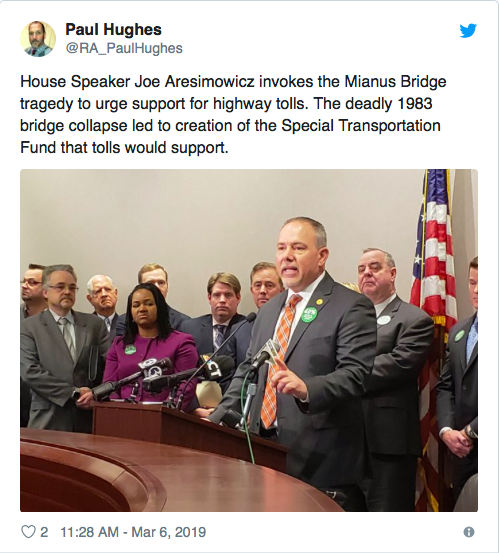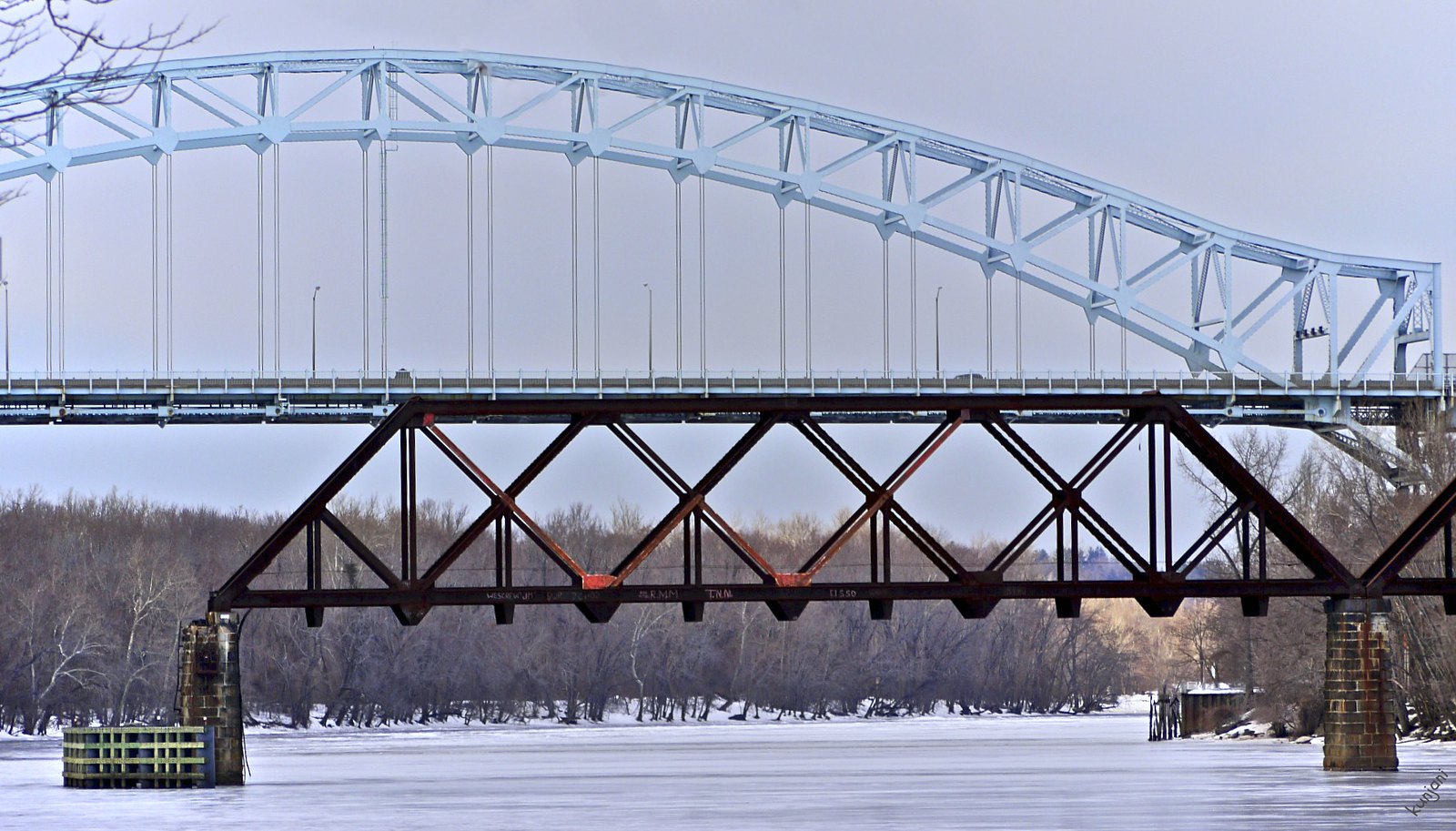The number of structurally deficient bridges in Connecticut has been used as justification for tolling Connecticut’s major interstates, but data from the Federal Highway Administration shows Connecticut actually has the second-lowest percentage of bridges in need of repair in the Northeast, including states with tolls.
As of 2017, the FHWA lists Connecticut as having 332 structurally deficient bridges which amounts 7.8 percent of total bridges in the state. That number is down from 399 in 1997 and 361 in 2007.
Comparatively, 9.2 percent of bridges in Massachusetts, 10.5 percent of bridges in New York, 8.8 percent of bridges in New Jersey and 23.2 percent of bridges in Rhode Island are listed as structurally deficient.
Maine was listed as having 13.2 percent of the state’s bridges as structurally deficient and 10.2 percent in New Hampshire.
The only state in the Northeast that had a lower percentage of deficient bridges was Vermont with 5.2 percent.
But Connecticut’s bridge numbers may be even better, at least from the state Department of Transportation’s standpoint.
According to CT DOT spokesman Kevin Nursick, the numbers listed by the FHWA include both state and local bridges. While CT DOT inspects local bridges and reports their findings to municipalities, the department is not responsible for repairs and maintenance of those bridges.
Connecticut has 4,028 bridges that are maintained by the state. Of those, only 4.6 percent – or 185 — are considered “structurally deficient,” according to CT DOT’s latest numbers.
That figure is down from 8.6 percent – or 346 — in 2012, marking a 46 percent decrease in structurally deficient bridges in just seven years.
Although the term “structurally deficient,” may sound scary, the FHWA’s definition is a bit more innocuous, saying there is nothing for the public to be concerned about.

According to the FHWA bridges deemed structurally deficient “are not considered unsafe,” but rather that the bridge will require maintenance, repair and eventual rehabilitation.
“The classification of a bridge as structurally deficient does not mean that it is likely to collapse or that it is unsafe,” the FHWA writes in a report. “Properly scheduled inspections can identify unsafe conditions; if the bridge is determined to be unsafe, the structure is closed.”
However, throughout Connecticut’s debate on tolls, some lawmakers have drawn lines between Connecticut’s structurally deficient bridges and a 1983 tragedy that claimed the lives of three people: the Mianus River Bridge collapse.
Legislative leaders like House Speaker Joe Aresimowicz and Gov. Lamont have referenced the collapse in their push for tolls on Connecticut’s major interstate highways, which are projected to raise $800 million per year under the governor’s latest proposals.

Possible compromise toll proposals have been floated which include tolling only bridges, similar to Rhode Island which imposed a truck-only tolls for bridges to fund repairs or replacement of those bridges.
Those tolls, however, have been challenged in court and the case is on-going.
If enacted, toll revenue for bridges would have to used specifically for that bridge until such a time it is considered in a state of good repair and any bond obligations for repair work have been paid off.
Although Lamont insisted he wanted a special session over the summer to address tolls, thus far there has been little indication the session will occur during the summer months.


Michael O.
August 6, 2019 @ 2:59 pm
CT politicians who rely on SEBAC et al for votes may have finally broken the camel’s back. Most CT residents (not receiving a state paycheck) have had only a passing involvement in state politics. Maybe that has changed. The resistance to Lamont’s tolling initiative is noteworthy. Even the politicians are hesitating, fearing a shift in the public’s patience. Residents understand that this is another charade – a works project for special interests and politicians at the expense of taxpayers. These special interests are ecstatic at the possibility of another limitless revenue stream – the ability to silently and automatically collect money via an EZ-Pass, the ability to raise tolls at an unaccountable whim. EZ-Pass bridges and highways typically won’t even post the toll amounts – why risk hearing from the taxpayers? Yet Lamont & Co. persist. If tolls become a reality, they should probably widen the southbound lane of I-95.
Thad Stewart
October 20, 2019 @ 7:45 am
The politicians genius idea to use magnesium chloride on the roads actually increases the decay of all metal structures. How can the people we vote into office be so uneducated, unless they are receiving kickbacks from the manufactures of said chemical. Which brings up another point of, what is it doing to our water supply, are we slowly being poisoned by the decisions of our elected officials?